2024 BMW F 800 GS Review
Despite the name, the new F 800 GS is no 800cc bike—it’s actually closer to 900cc, a strategic move by BMW to distinguish it from the F 900 series. It’s part of BMW’s subterfuge that hints at a more compact adventure bike but delivers power that’s almost identical to its bigger sibling.
2024 BMW F 800 GS Review
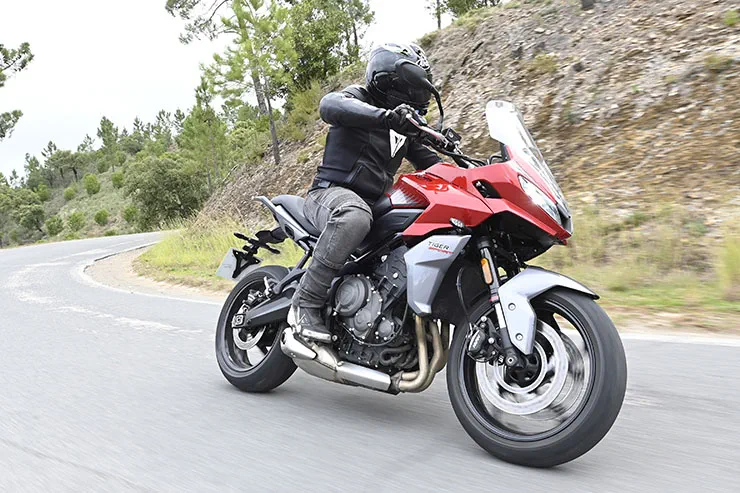
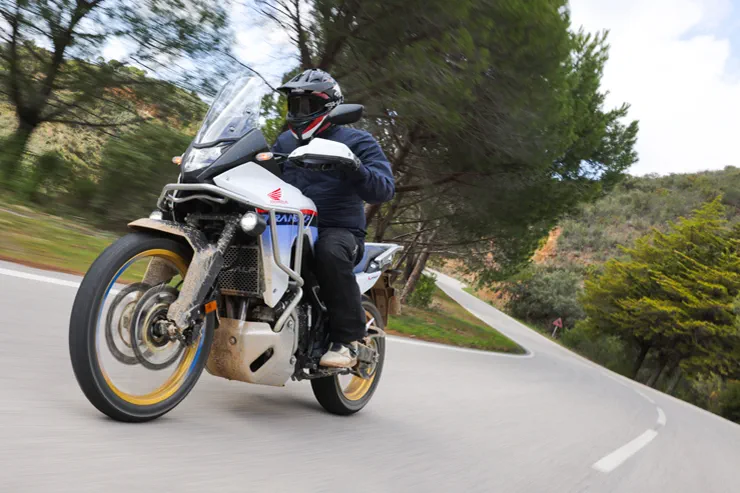



Pricing and Perception
At a price tag of £9,995, the F 800 GS sits just £1,000 above the outgoing F 750 GS, and to the untrained eye, they might seem quite similar, visually. However, the key differences lie within, where a boost to 895cc offers a 10hp increase over the F 750 GS.
Engine Performance and Options
BMW’s F 800 GS boasts the same engine architecture as the F 900 GS, though its peak power is restricted to maintain a gap between the two. It still delivers a punchy 87hp and 67.1 lb-ft of torque, with impressive torque curves nearly matching the F 900 GS. The trade-off? A slightly lower top speed of 118 mph and a 0-62 mph time of 4.2 seconds—just a fraction behind its pricier counterpart.
Configurations for Every Taste
The F 800 GS comes in three flavors: a basic white version, a sportier blue, red, and white trim, or the stealthy Triple Black. The decision might come down to which aesthetic best complements your riding persona.
Handling and Suspension: Familiar Yet Reliable
The F 800 GS inherits its framework from the proven F 750 GS, maintaining the same welded sheet steel chassis also used in the F 900 GS. This continuity means riders familiar with the older models will find the handling characteristics comfortably familiar. The bike retains non-adjustable 41mm telescopic forks, a setup less sophisticated than the F 900’s adjustable upside-down Showas, but still offering a reliable ride. The rear shock continues to offer adjustments for preload and rebound, providing some flexibility to tailor the ride.
Ride Dynamics

Despite having less suspension travel than the F 900 GS — 170mm at both ends versus 230mm at the front and 215mm at the rear — the F 800 GS remains adept for its class. Its road-oriented alloy wheels, sized 19 inches at the front and 17 inches at the rear, indicate a bias towards paved road use rather than off-road terrains tackled by the more robust models. This setup, combined with BMW’s ABS Pro, enhances safety with cornering anti-lock features, boosting rider confidence in varied conditions.
Weight and Brakes: No Surprises Here
At 227kg, the weight of the F 800 GS mirrors that of its predecessor, maintaining a balance that won’t surprise riders upgrading from the F 750 GS. The braking system also carries over, with the significant enhancement being the addition of the cornering ABS, a feature that contributes to safer, more controlled rides.
Comfort and Economy: Maintaining Standards
Seating and Ergonomics
With the same 815mm seat height and unchanged rider triangle, the F 800 GS ensures a riding position that’s approachable and comfortable, especially for those who appreciated the F 750 GS. Its lower seat compared to the F 900 GS, due to the smaller front wheel and shorter suspension, makes it more accessible and manageable, particularly for riders of shorter stature or those new to the adventure bike segment.
Fuel Efficiency and Range
While the upgraded engine does slightly reduce fuel economy — dropping from 67mpg to just under 66mpg — this change is minimal and likely imperceptible in everyday riding. With a 15-litre fuel tank, the theoretical range stands at about 216 miles, ensuring decent distances between fill-ups and making it suitable for longer journeys or commuting.
The Tech-Forward F 800 GS

Instrumentation and Connectivity Upgrades
The 2024 BMW F 800 GS sees a significant leap forward in its digital interface. Gone is the antiquated combination of an analogue rev counter and a greyscale LCD. In its place, riders will be greeted by a vibrant 6.5-inch color TFT display, aligning with what’s offered in the higher-end F 900 GS models. This upgrade not only modernizes the dashboard but also enhances user experience with smartphone connectivity and seamless integration with the BMW app for turn-by-turn navigation. This change is more than cosmetic; it’s about enhancing the ride experience with technology that offers practical benefits on the go.
Enhanced Riding Modes and Controls
Standard on the F 800 GS are two riding modes, Road and Rain, which cater to varying weather and road conditions, providing riders with adaptable performance settings. For those looking for an even more tailored riding experience, the optional Riding Modes Pro pack is available. This add-on includes three additional riding modes and introduces engine brake control, offering more nuanced control over the bike’s performance dynamics in diverse riding scenarios.
Comfort and Safety Features
BMW doesn’t hold back on equipping the F 800 GS with essential and luxury features. Standard equipment now includes heated grips, LED lighting, and hand guards—amenities that were optional on the older F 750 GS. These features not only enhance comfort but also improve safety and visibility, both crucial for adventurous rides.
Facing Off Against Established and Emerging Rivals
The F 800 GS doesn’t exist in a vacuum and faces stiff competition from several noteworthy adventure bikes. Notable among these are the Triumph Tiger Sport, Yamaha Tenere 700, and Suzuki’s V-Strom 800DE—each bringing unique strengths to the table. However, it’s Honda’s new Transalp that might pose the toughest challenge, given its fresh design and comparable capabilities. Additionally, Suzuki’s anticipated launch of a more affordable, alloy-wheeled version of the V-Strom 800 could attract riders with its similar specifications and possibly lower price point.



